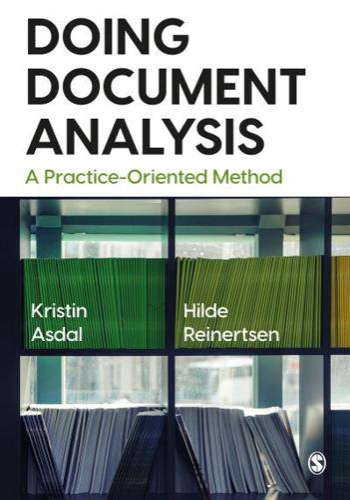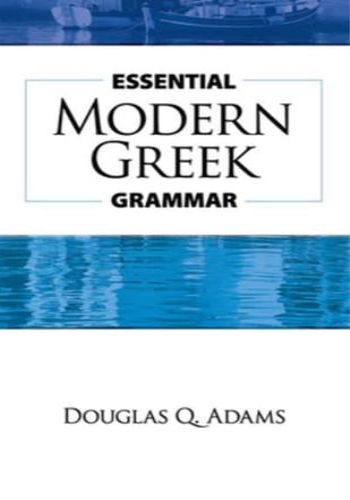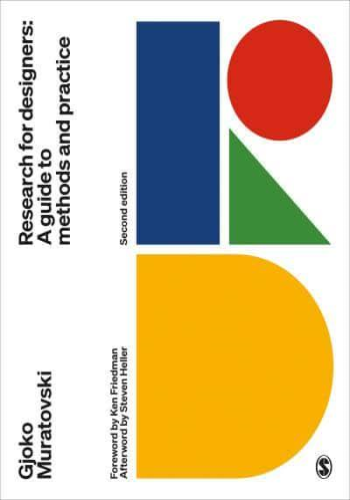Chapter 1: The Greek Alphabet
* Introduction to the 24 letters of the Greek alphabet.
* Examples: Γ (gamma), Δ (delta), Θ (theta)
Chapter 2: Nouns and Articles
* Explanation of noun genders and declensions.
* Use of definite and indefinite articles.
* Examples: ο άνδρας (the man), η γυναίκα (the woman)
Chapter 3: Adjectives
* Agreement of adjectives with nouns in gender, number, and case.
* Formation of comparative and superlative forms.
* Examples: καλός (good), καλύτερος (better), καλύτερος από όλους (the best)
Chapter 4: Verbs
* Conjugation of present, past, and future tenses.
* Use of modal verbs and auxiliaries.
* Examples: είμαι (I am), ήμουν (I was), θα είμαι (I will be)
Chapter 5: Pronouns
* Personal, possessive, demonstrative, and reflexive pronouns.
* Declension of pronouns in different cases.
* Examples: εγώ (I), εσύ (you), αυτός (he/him)
Chapter 6: Adverbs
* Formation and use of adverbs of manner, time, and place.
* Comparison of adverbs.
* Examples: γρήγορα (quickly), αργότερα (later), εδώ (here)
Chapter 7: Prepositions
* List and explanation of the most common prepositions.
* Use of prepositions with nouns, pronouns, and verbs.
* Examples: σε (to), από (from), με (with)
Chapter 8: Conjunctions
* Types of conjunctions (coordinating, subordinating).
* Use of conjunctions to connect phrases, clauses, and sentences.
* Examples: και (and), αλλά (but), επειδή (because)
Chapter 9: Questions and Negatives
* Formation of yes/no questions and wh-questions.
* Use of the negative particle δεν.
* Examples: Πώς σε λένε; (What is your name?), Δεν είμαι Έλληνας. (I am not Greek.)
Chapter 10: Clauses
* Explanation of main and subordinate clauses.
* Use of different types of subordinating conjunctions.
* Examples: Χαίρομαι που σε βλέπω. (I am happy to see you.)







